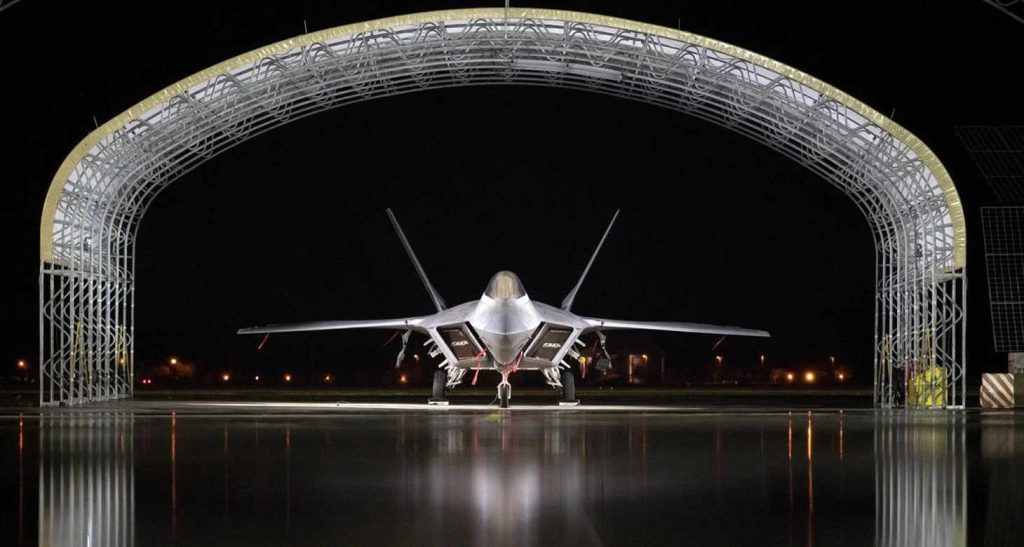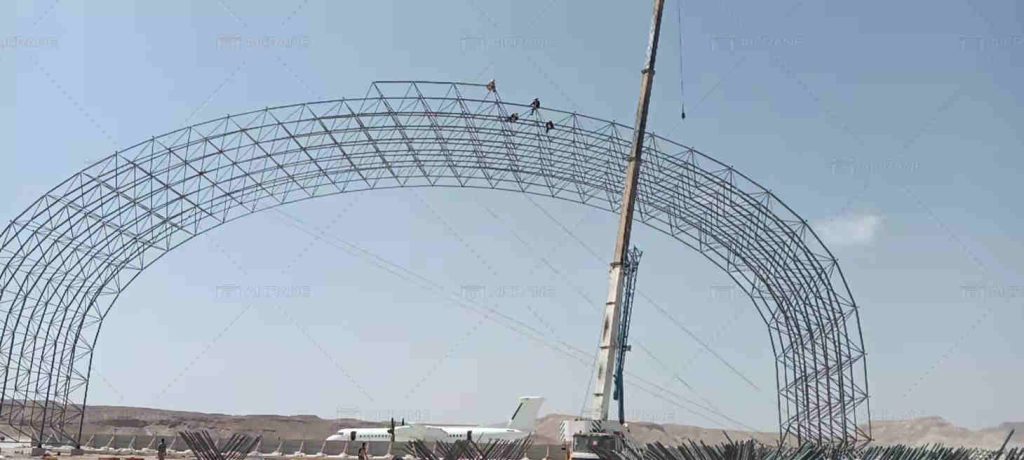In construction and industrial settings, steel grids are essential for various applications, from flooring in industrial platforms to reinforcements in concrete structures. A steel grid, also known as a steel grating or grid plate, is a framework made of interconnected metal bars, typically used to support loads, provide ventilation, or act as a safety barrier. The ability to safely connect and install steel grids is crucial to ensuring both the structural integrity of the project and the safety of the people working on or around these grids.

In this passage, we will explore the different methods for connecting steel grids, the tools and materials needed, and the best practices to ensure that these connections are done safely and efficiently.
Overview of Steel Grids
Steel grids are manufactured from high-strength steel and are commonly used in walkways, platforms, drainage covers, stair treads, and support structures. They are often made of flat steel bars and crossbars welded or pressure-locked together to form a rigid grid pattern. The open structure of steel grids allows for air and light passage, making them an excellent choice for industrial environments where ventilation is essential.
Connecting steel grids safely requires careful planning and attention to detail (by manufacturer like Aicrane), as improper installation can lead to accidents, equipment failure, or even collapse of the structure. The primary goal of steel grid connections is to create a stable and secure framework that can withstand load stresses while remaining functional and durable.
Tools and Materials for Connecting Steel Grids
Before getting into the various methods for connecting steel grids, it’s essential to have the right tools and materials on hand. The following list provides an overview of the key components typically required for safe installation:
1. Fasteners and Clips: These are the components used to physically connect the steel grid to supporting structures or other grid sections. Common fasteners include bolts, nuts, and specialized grid clips, such as saddle clips or M clips.
2. Welding Equipment: In some cases, welding is used to permanently secure the steel grids. This method is common in heavy-duty applications where a strong, fixed connection is necessary.
3. Measuring Tools: Accurate measurements are crucial when connecting steel grids. Tape measures, laser levels, and spirit levels ensure that the grid is installed evenly and aligned properly.
4. Wrenches and Power Tools: For installing fasteners, wrenches or power tools, such as drills and impact drivers, are used to tighten bolts and secure the connections.
5. Protective Gear: Safety should always come first. Wearing appropriate protective gear, such as gloves, hard hats, and safety glasses, is essential to prevent injuries during the installation process.
Methods for Connecting Steel Grids Safely
There are several ways to connect steel grids, depending on the project requirements, load-bearing capacity, and environmental factors. The three most common methods are fastening with clips, bolting, and welding. Each method has its advantages, and understanding how to apply them properly is key to a safe and successful installation.
1. Fastening Steel Grids with Clips
Using clips is one of the most straightforward and versatile methods for connecting steel grids. This method involves securing the grid to its support structure with metal clips, which clamp the grid to the frame without needing to drill holes or weld. Clips are particularly useful in applications where the grid may need to be removed or replaced in the future.
Steps for Installing with Clips:
Step 1: Place the steel grid in its designated position on the support frame. Ensure that the grid is properly aligned with the supporting beams or frames.
Step 2: Position the clips at each corner of the grid and along its edges. The number of clips needed will depend on the size of the grid and the load it will bear.
Step 3: Use a wrench or power tool to tighten the clips, ensuring they are securely fastened. The clips should fit snugly around the grid bars and the support structure without any wobbling or gaps.
Step 4: Double-check the tightness of all clips after installation. Loose clips can lead to grid movement, which compromises safety.
Clips are advantageous because they allow for flexibility and easy removal. However, this method is best suited for lighter-duty applications where permanent attachment is not required.
2. Bolting Steel Grids to the Frame
Bolting provides a more secure and permanent method for connecting steel grids. Bolts are used to attach the grid to the supporting structure by passing through pre-drilled holes in both the grid and the frame.
Steps for Installing with Bolts:
Step 1: Position the steel grid on the support structure and mark the locations for the bolt holes. The holes should be evenly spaced along the perimeter of the grid, with extra bolts added at key stress points.
Step 2: Drill holes in both the steel grid and the support structure. The size of the holes should match the diameter of the bolts you are using.
Step 3: Insert the bolts through the holes, and secure them with washers and nuts. Tighten the nuts with a wrench or impact driver, ensuring they are securely fastened.
Step 4: Inspect the connections to ensure the bolts are properly seated and there is no movement in the grid.
Bolting provides a very strong connection, making it suitable for heavy-duty applications where the grid needs to support substantial weight or withstand significant stress.

3. Welding Steel Grids
For permanent installations, welding is often the preferred method of connecting steel grids. Welding creates a fused bond between the grid and the support structure, resulting in a highly secure and durable connection.
Steps for Welding Steel Grids:
Step 1: Align the steel grid in its proper position on the support frame. Ensure that the grid is level and that its edges are flush with the support structure.
Step 2: Use a welding machine to weld the edges of the grid to the support frame. Tack welds can be applied first to hold the grid in place, followed by full welds along the entire perimeter.
Step 3: Allow the welds to cool, and inspect them for strength and quality. Any weak or incomplete welds should be reworked to ensure they can handle the load.
Step 4: Apply a protective coating, such as paint or anti-corrosion treatment, to the welded areas to prevent rust and degradation over time.
Welding is ideal for heavy-duty applications, such as industrial platforms or structural reinforcements, where a permanent and immovable connection is needed. However, welding should only be performed by trained professionals, as improper welding can lead to weak joints and potential failure.
Best Practices for Safe Steel Grid Connections
Regardless of the method used to connect steel grids, several best practices must be followed to ensure safety and longevity:
1. Load Assessment
Before connecting any steel grid, it’s crucial to assess the weight and load-bearing requirements of the grid. Each grid section should be rated for the specific load it will carry. Exceeding the weight capacity of the grid can lead to structural failure, posing a serious safety hazard.
2. Proper Alignment
Ensuring that the steel grid is properly aligned with the support structure is critical for a safe installation. Any misalignment can lead to uneven load distribution, which may weaken the grid’s integrity and cause damage to the structure over time.
3. Regular Inspection and Maintenance
After installation, regular inspections are necessary to ensure that the grid remains securely connected and free from damage. Loose bolts, worn clips, or weakened welds should be addressed immediately to prevent accidents or structural failure.
4. Personal Protective Equipment (PPE)
Workers should always wear appropriate PPE, including gloves, helmets, and eye protection, during the installation process. This reduces the risk of injury from falling grid sections, sharp edges, or welding sparks.
5. Training and Certification
Only trained and certified personnel should perform installations involving bolting or welding of steel construction grids. This ensures that the connection methods are executed correctly, minimizing the risk of accidents or equipment failure.
Connecting a steel grid safely is a crucial step in ensuring the structural integrity of platforms, walkways, and industrial installations. Whether using clips, bolts, or welding, each method offers unique advantages depending on the application. Following proper procedures, using the right tools and materials, and adhering to best safety practices ensures that the steel grid is securely installed and able to withstand the required loads. By prioritizing safety, accuracy, and quality, you can ensure that your steel grid connections are strong, durable, and capable of supporting even the most demanding projects.